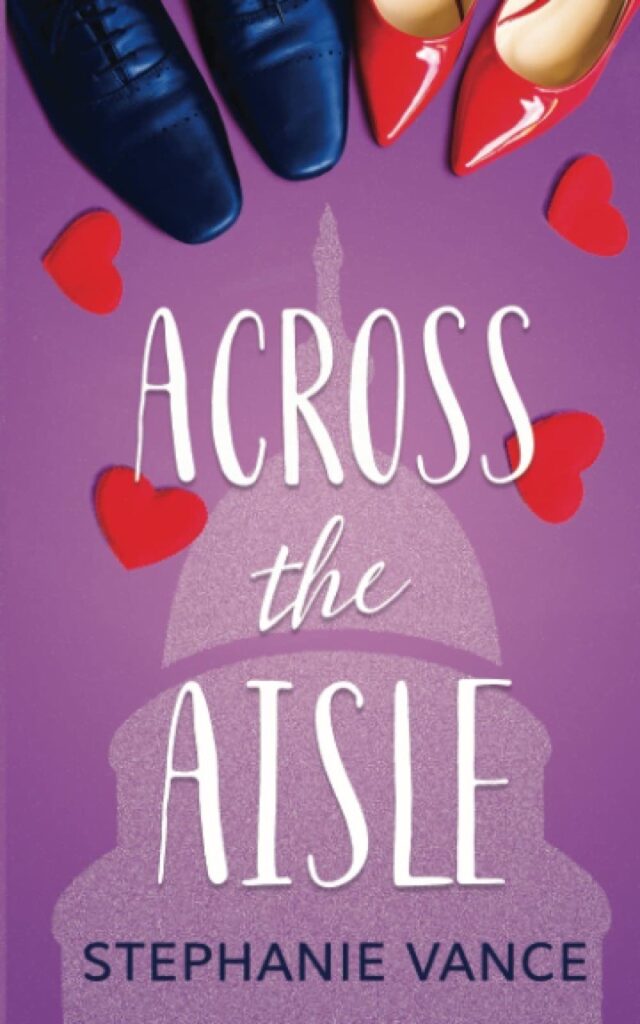In part two of this three part interview with author Marilyn Cram Donahue, Marilyn explains how she creates compelling settings for her novels and gives other tips about writing.

Question:
How important is setting in a story and why?
Answer:
Setting is crucial!
Without a strong, believable setting, characters have no place to develop, to interact, to respond. The settings for all of my books have their beginnings in an actual place.
The nice thing about being a writer is that I can change details of setting to better support what happens in my story.
I like to rough-sketch the setting of each book, adding details that support the story line.
I am not an artist; though I can sketch a pretty good tree!
So that term “rough sketch” means exactly what it says.
It is a rough depiction of the streets and houses and outlying areas that are important to the book.
I believe that each of my stories must take place in a particular place . . . and only in that place.
I like to remind people in my classes that To Kill a Mockingbird had to happen in a town called Maycomb ….and Rebecca had to happen in a house called Manderley.
Mockingbird simply couldn’t have happened in Chicago, and Rebeccawould have been an entirely different story without the Cornish coast of England.
Another good example is The Grapes of Wrath.
Everyone should read the opening paragraphs.
They are brilliant.
They pull me into the story with one great breath, and I am afraid to exhale for fear of losing some of the magic.
Question:
How do you create a vivid setting for a story? What are your techniques?
Answer:
I take a large piece of paper (double ms. size—about 11×17 (or I can just tape two pieces of typing paper together to make that same size).
For Straight Along a Crooked Road, I rough- sketched a farm in Vermont as it might have appeared in 1852.
I added some surrounding buildings and landscape and had the jumping off spot for the journey west.
On another large piece of large paper, I drew a map of that journey so that I could keep track of where the family stopped along the way in their wagons.
The illustrator used that map in the finished book.
When I began When the Crickets Stopped Singing, I rough sketched the town I grew up in, recreating the streets, the sidewalks, the houses, and even the nearby river and the cliffside where I played as a child.
As I began to write, the town became a fictional place, a place that supported what would happen to the characters in the story.
But it started out as a rough sketch of a real place.
Throughout the book, I tried to remember to include details of the five senses as they might apply to setting.
The details of the creek beneath the cliff where Angie and Dodie climb is an example.
Dodie was at home there, and Angie is amazed to learn that this girl with dirty fingernails and an “attitude” can appreciate the beauties of nature.
Sound is another important detail for setting.
A slamming door creates a particular mood; mood; an angry voice is a prelude to fear.
When I’m working on setting, I try to think of all the five senses and how they enhance a particular place.
The setting for the Bundy Street books was the inner city of Los Angeles as well as a small beach town along the coast.
By the time the first book was finished, the setting had become pure fiction, but it started out on a piece of paper rough sketched as “the real thing.”
Question:
You’ve written at least a couple of series. What are the challenges as well as the rewards of writing a series?
Answer:
I love to work on a series.
It’s hard for me to say goodbye to people I’ve come to know so well.
And it’s fun to see what’s happening next in their lives.
It’s like going back to revisiting old friends.
There are challenges, however.
First, the reader may not have read the previous book(s), and I have to find ways to help him/her catch up with what happened in an earlier story without writing a lot of backstory, which can be boring.
The trick is to look at each book as a unique project, not as a follow-up.
Question:
I read that you don’t outline your entire novel before you start writing it, so how do you decide what to write in each chapter? How important is overall structure in a novel? Do you follow the 3 Act structure, for example?
Answer:
When I first began writing, I tried to outline the novel from beginning to end.
It simply didn’t work because the characters rarely did what was expected of them.
This was an eye opener for me . . . the fact that a well developed character will begin to make decisions and say unexpected things.
I would draw all kinds of complicated plot diagrams, with rising and falling action and—lo and behold—one of my characters would do or say something unexpected, and I would realize this was better than I had planned.
Now, I work on developing my characters and plot within a workable setting.
I avoid the outline when I’m working, though I do keep in mind the 3 act (and sometimes 4 act) structure.
Having said this, I sketch out a rough outline after the last word is written.
This is to make sure that the plot has a rising and falling action and that the final “Big Moment” is where it needs to be.
Question:
Do you have an agent?
Answer:
Yes, I’m fortunate to have Kelly Sonnack from Andrea Brown Agency.
She is super good, for she knows the market so well, and she is an exceptional editor.
She has passed along lots of editing ideas and has a strong sense of what the market is doing.
She also knows which editors I can work with most easily, and that’s a big thing.
If I didn’t have a good agent, I would spend a lot of time browsing through Writer’s Market.
I would rather be writing another book!
Note: This post may contain some affiliate links for your convenience (which means if you make a purchase after clicking a link I will earn a small commission but it won’t cost you a penny more)! Read my full disclosure and privacy policies...
Look for Part 3 of this interview tomorrow at writebythesea.com, and later in the week a review of the newest book from Marilyn Cram Donahue: When the Crickets Stopped Singing.


2 Comments
Comments are closed.